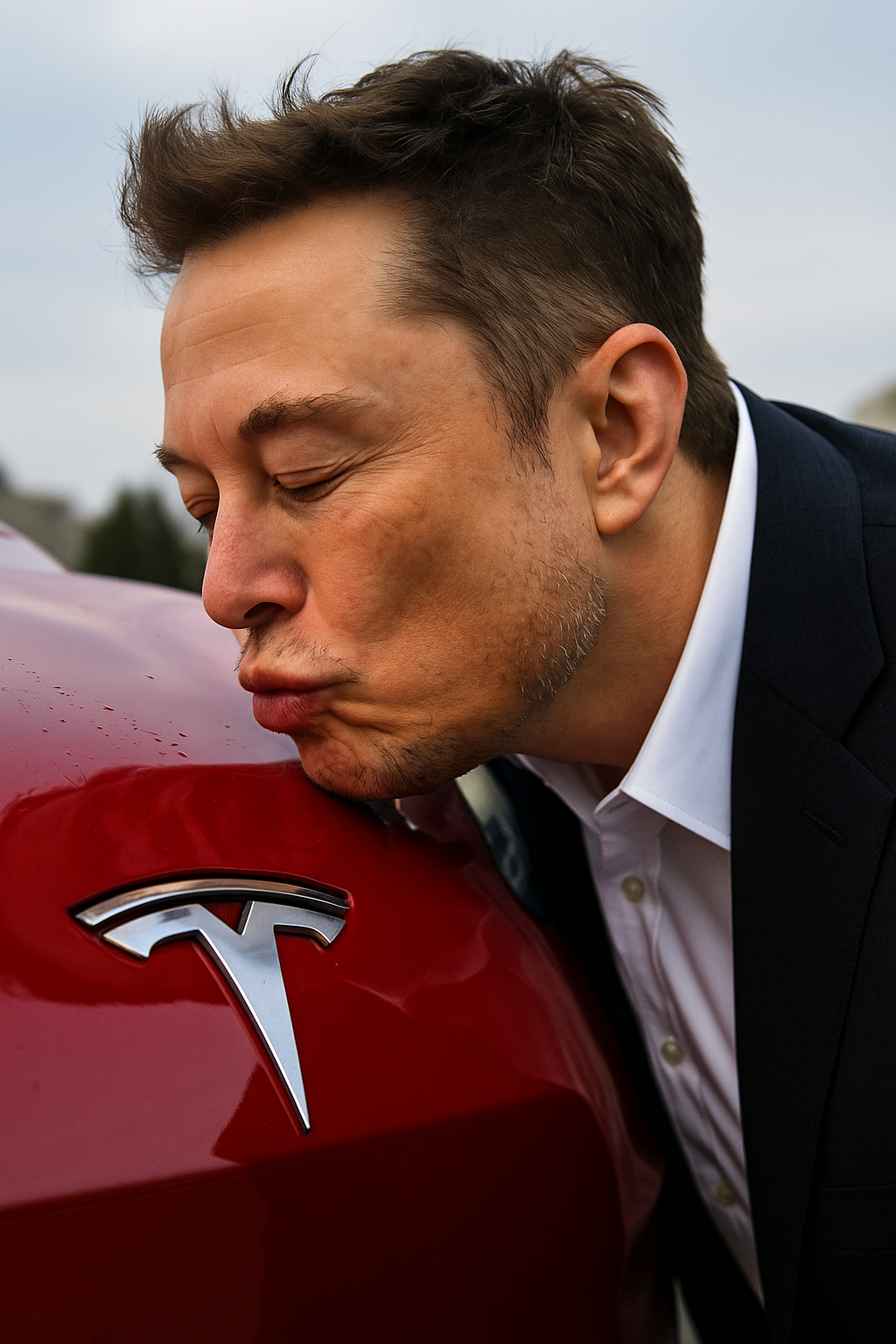Controversy: Musk’s $29B Award Sparks Debate Over Governance and Board Oversight
By GlobalTimesAI.com | Published August 4, 2025
In yet another headline-grabbing move, Elon Musk has secured a staggering $29 billion compensation package from Tesla, despite recent legal roadblocks and growing criticism over corporate governance. The move has reignited debate about CEO influence, board independence, and the future of Tesla’s AI and robotics vision.
But this isn’t just a story about money. It’s about power, family, and a tech empire that’s reshaping the world.
The $29B Package: A Reward or a Retention Strategy?
This new compensation plan is not Musk’s first mega-payout. In 2018, Tesla shareholders approved a performance-based deal worth up to $56 billion. But earlier this year, a Delaware court struck it down, calling it “unfathomable” and citing lapses in board oversight and governance standards.
Rather than back down, Tesla’s board returned with a modified stock-based incentive of $29 billion, meant to:
- Re-secure Musk’s long-term commitment,
- Retain confidence amid AI, robotics, and Dojo development,
- Avoid potential “double pay” if the 2018 plan is reinstated.
Tesla’s board, led by Chair Robyn Denholm, argues the new deal is necessary to retain the visionary CEO through a transformative period for the company.
AI & Dojo: The Tech Engine Behind the Paycheck
Tesla is no longer just a car company. Under Musk, it’s become a major AI and robotics player, developing:
- Dojo, Tesla’s custom supercomputer designed to train its autonomous driving systems,
- Optimus, the humanoid robot that could revolutionize manufacturing,
- Enhanced AI for FSD (Full Self-Driving) capabilities, touted as Tesla’s next trillion-dollar product.
This high-stakes innovation roadmap is central to the board’s justification for Musk’s payout. Investors are essentially betting that Musk is the only one who can lead Tesla through this next-gen transformation.
Elon Musk and Tesla: An Unbreakable Bond?
Musk doesn’t just lead Tesla—he embodies it. From branding and engineering to media narratives and product launches, Tesla’s identity is tied to Musk’s.
But this raises critical questions:
- What happens if Musk walks away?
- Can Tesla remain stable without its charismatic founder?
Board members fear that any CEO transition could rattle Tesla’s progress, investor trust, and public image. The $29B package, then, becomes less about reward and more about reinforcing leadership continuity.

The Brother Factor: Kimbal Musk’s Quiet Influence
Amid this drama, Kimbal Musk, Elon’s younger brother, remains an active Tesla board member. Known for his culinary ventures and sustainability projects, Kimbal is often seen as Elon’s trusted advisor behind the scenes.
Critics of the 2018 pay deal—and now the 2025 package—have cited conflicts of interest, pointing out that Kimbal:
- Voted in favor of Elon’s compensation deals,
- Has a close personal and business relationship with his brother,
- May dilute independent board oversight.
Still, Tesla maintains that Kimbal’s experience and insights into sustainability align with the company’s long-term goals, especially as it explores AI-driven agricultural solutions and battery farming.
The Controversy: A Storm Brewing
The new package isn’t without backlash.
A Delaware judge previously ruled against the original plan, warning of “unchecked board compliance” and an overpowered CEO. Many analysts view the new plan as a strategic workaround, not a reform.
Watchdog groups and some investors argue:
- Tesla lacks proper checks and balances,
- This payout over-incentivizes one individual,
- It might discourage future innovation by tying too much value to Musk’s continued presence alone.
Governance experts fear that Tesla is becoming a one-man company, which could be a red flag for long-term sustainability.
What’s Next for Tesla and Musk?
For Tesla:
- Push forward with Dojo and Optimus, with greater investment into robotics, AI chips, and software-defined vehicles.
- Expand its data center strategy, which supports AI learning and real-time fleet analysis.
- Consider diversifying leadership influence and easing market dependence on Musk’s persona.
For Musk:
- Possibly increase involvement in xAI, his AI startup aiming to rival OpenAI.
- Double down on cross-pollination between Tesla, SpaceX, Neuralink, and xAI.
- Leverage his growing influence in policy-making and digital infrastructure.
Musk has already hinted at building a Texas-based AI headquarters, creating a central hub for his multiple ventures to collaborate under a single vision of tech-led evolution.
Conclusion: A Gamble Worth $29 Billion?
Elon Musk’s $29B Tesla payday is more than just compensation—it’s a symbol of how far influence, vision, and leadership can stretch in the AI-driven economy.
Whether this move solidifies Tesla’s dominance or reveals the vulnerabilities of single-leader dependency, one thing is clear:
The future of Tesla and Musk are intertwined—and the next chapter has just begun.
Internal Links
Jaguar CEO Adrian Mardell Resigns Amid AI Rebrand
Who Controls the Future of AI: Governments or Corporations?
Disclaimer: All facts in this article are based on verified sources including WSJ, Financial Times, The Verge, ABC News, and Gizmodo. Images used are AI-generated by ChatGPT and Grok platforms for illustrative purposes only.